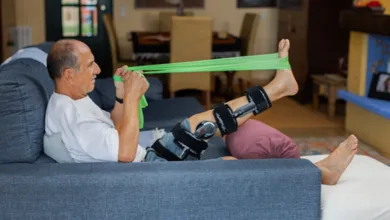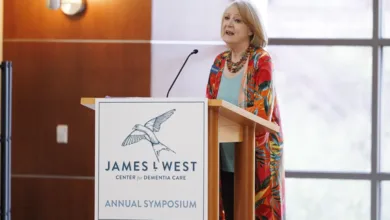How Seniors and Retirees Can Return to College

Many adults today will attest that you are never too old to attend college. Lifelong learning has gained popularity, especially among baby boomers and those entering retirement. While some seek to obtain a degree, many are motivated by the desire to have fun, expand their knowledge, and maintain mental and physical fitness.
Despite the perceived challenges, there are numerous ways to make returning to college doable. First, clarify your objectives—are you aiming for a degree, personal enrichment, or social engagement? Understanding your purpose will help guide your decisions.
Once you’ve determined what you hope to achieve, visit colleges nearby or explore websites of colleges in the city or state where you live or where you’d like to settle for retirement and see what they have to offer.

Non-Traditional College Credit Options
If earning a degree is your goal, many accredited colleges today offer alternatives for earning non-traditional course credit, potentially saving you time and money.
Here are several ways to help make your return to college a reality.
Self-Acquired Competency (SAC) Credits: Some colleges recognize skills and life experiences through SAC credits. Compile a portfolio for faculty evaluation, including on-the-job training, work and volunteer experience, workshops, and seminars. Military Service Credit may also be available for education gained through schools, experience, or service.
Credits by Examination: Earn credits through programs like Credits for College-Level Examination Programs (CLEP), Advanced Placement Examinations (AP), and Defense Activity for Non-Traditional Education Support (DANTES). This option can be a time and cost-effective way to earn credit if you have knowledge in a specific area or perform well in exams. However, ensure credit eligibility with your institution before enrolling.
Noncollegiate or In-Company Sponsored Programs: Some programs reviewed by the American Council on Education (ACE) may qualify for credits. Check with your academic institution if they award credits based on ACE recommendations.
Correspondence and Online Courses: Consider independent study programs, such as online or correspondence courses, for flexibility in scheduling. Online courses offer convenience, while correspondence courses allow completion within six to eighteen months, with extensions available.
Financing your education: Various financing options are available, including Federal Pell Grants, Federal Supplemental Education Opportunity Grants, FSEOG, work-study programs, and federal loans like Perkins, Subsidized Stafford, and Unsubsidized Stafford Loans. Additionally, many scholarships cater to seniors. Inquire about financial aid options with the academic institutions you’re considering.
Employer Support: Check if your employer offers tuition reimbursement for job-related college courses, which can significantly offset costs while allowing you to continue working.
Tax Credits: Explore tax credits like the American Opportunity Tax Credit and Lifetime Learning Tax Credit, which provide financial assistance for eligible taxpayers pursuing higher education.
Auditing Classes: If you are not pursuing a degree, many colleges offer seniors special rates to audit classes for personal enrichment.
Balancing Responsibilities: Like many older Americans, you may still be working. But with some planning and finesse, you can develop workable solutions to free up time. Prioritize tasks and delegate responsibilities where possible. Limit volunteering until you’ve achieved your educational goals. Talk with your partner about sharing responsibilities to accommodate your studies and long-term goals.
With determination and strategic planning, balancing education with existing responsibilities is achievable, proving that where there’s a will, there’s a way to pursue lifelong learning.

Resources for Financial Assistance
- Visit Fast Web for information on colleges and scholarships. Search at https://www.fastweb.com
- For federal grants, loans, and Student Guide, call (800) 433-3243 or visit https://studentaid.ed.gov/resources
- U.S. Department of Education for information on tax credits, visit: https://studentaid.ed.gov/types/tax-benefits





